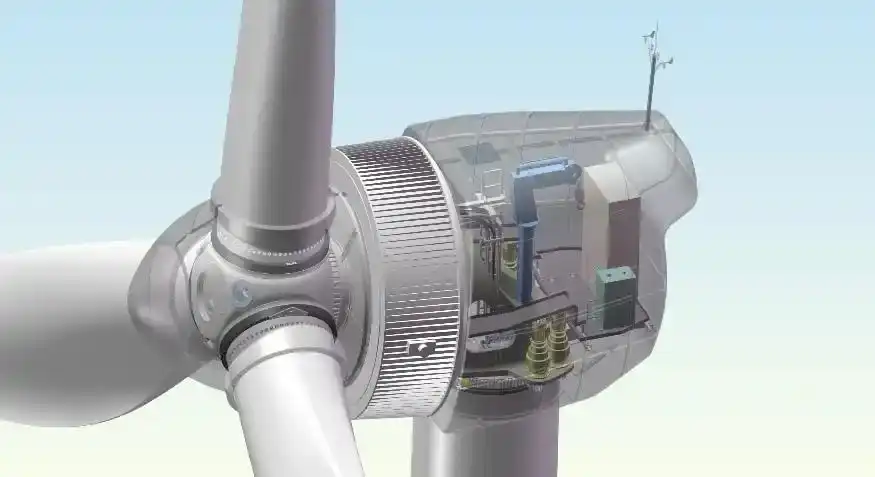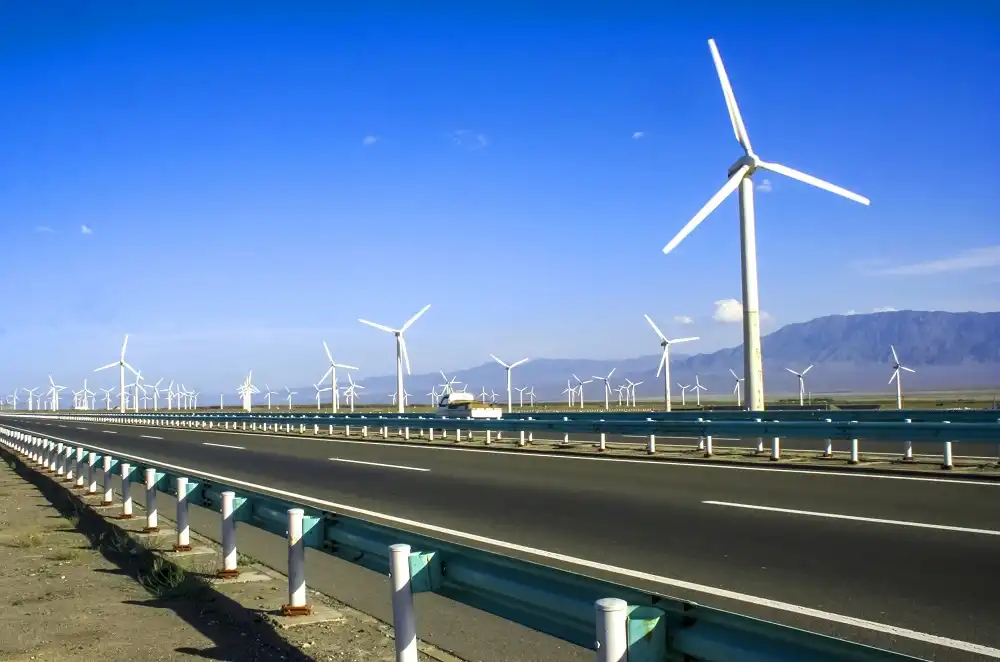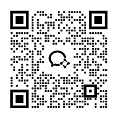What Types of Bearings are Used in Wind Turbines?
Wind turbines are marvels of modern engineering, with precision-engineered components working in harmony to convert wind energy into electricity. At the heart of these massive structures lie critical components that enable smooth rotation and optimal performance: bearings. This comprehensive exploration delves into the intricate world of bearings for wind turbines, examining their types, applications, and pivotal role in renewable energy generation.
How Do Different Bearings Optimize Wind Turbine Performance?

What Makes Main Shaft Bearings Critical for Wind Turbine Efficiency?
The main shaft bearing represents the cornerstone of wind turbine mechanical design, shouldering immense responsibilities in the most demanding environment. These specialized bearings must withstand extraordinary loads while maintaining precision and durability. Modern wind turbine main shaft bearings are typically large-diameter spherical roller bearings or cylindrical roller bearings, engineered to support massive rotational forces and accommodate multiple directional loads simultaneously.
The complexity of main shaft bearings extends far beyond simple mechanical support. These critical components must manage an intricate array of dynamic forces, including:
1. Gravitational Loads: The immense weight of turbine blades creates constant downward pressure, requiring bearings with exceptional load-bearing capacity.
2. Wind-Induced Fluctuations: Unpredictable wind patterns generate cyclical stress, demanding bearings with superior fatigue resistance.
3. Thermal Management: Temperature variations can cause material expansion and contraction, necessitating precise engineering to maintain dimensional stability.
Luoyang Huigong Bearing Technology's advanced Wind Turbine Bearings solutions excel in this critical application. Their specialized main shaft bearings are designed to handle complex load distributions, featuring enhanced inner and outer ring geometries that distribute stress more effectively. The company's research indicates that their precision-manufactured bearings can reduce friction by up to 22%, significantly improving overall turbine efficiency.
The metallurgical composition of these bearings is equally crucial. High-grade steel alloys with superior heat resistance and mechanical properties ensure optimal performance under extreme conditions. Advanced surface treatments, including specialized coatings and heat treatments, enhance wear resistance and extend operational lifespans. Engineers carefully select bearing materials that can withstand temperature variations from -40°C to 80°C, ensuring consistent performance across diverse environmental conditions.
Recent advancements in materials science have introduced innovative approaches to main shaft bearing design. Nanotechnology-enhanced coatings and advanced ceramic composites are emerging as potential game-changers, offering unprecedented levels of wear resistance and performance optimization. Computational modeling techniques now allow engineers to simulate bearing behavior under thousands of simulated operational scenarios, enabling unprecedented precision in design and material selection.
How Do Pitch Bearings Contribute to Wind Turbine Adaptability?
Pitch bearings represent another critical bearing system in wind turbine technology, responsible for precisely controlling blade orientation. These sophisticated mechanical interfaces enable continuous blade angle adjustments, optimizing wind capture and power generation across varying wind speeds and directional conditions.
The engineering behind pitch bearings demands extraordinary precision. Typically constructed as large-diameter slewing ring bearings, they integrate complex mechanical and sensor technologies. Luoyang Huigong's pitch bearings incorporate advanced sealing technologies that prevent contamination while maintaining low friction coefficients. Their unique design allows for micron-level positional adjustments, ensuring maximum energy conversion efficiency.

Technological innovations in pitch Wind Turbine Bearings design have dramatically improved wind turbine performance. Modern pitch bearings utilize advanced materials like nitrogen-enriched steels and specialized lubricant systems that reduce wear and extend operational lifespans. Computational modeling and real-time monitoring technologies enable predictive maintenance strategies, minimizing downtime and maximizing energy production.
The adaptive capabilities of pitch bearings represent a quantum leap in wind energy technology. By enabling real-time blade angle adjustments, these precision components can:
1. Optimize wind capture across different wind speeds
2. Reduce mechanical stress during extreme weather conditions
3. Enhance overall turbine safety and operational efficiency
4. Maximize power generation through intelligent blade positioning
Advanced sensor integration has transformed pitch bearings from passive mechanical components into intelligent systems capable of near-instantaneous response to environmental changes. Machine learning algorithms now analyze wind patterns and adjust blade angles with unprecedented accuracy, pushing the boundaries of renewable energy efficiency.
What Role Do Generator Bearings Play in Wind Turbine Electrical Generation?
Generator bearings represent the critical interface between mechanical rotation and electrical generation, supporting the complex electromagnetic systems that transform kinetic energy into electricity. These precision-engineered components must operate with exceptional reliability, managing high-speed rotations and substantial radial and axial loads.
Luoyang Huigong's generator bearings demonstrate remarkable engineering sophistication. Their advanced bearing designs incorporate hybrid ceramic-steel constructions that significantly reduce friction and heat generation. Specialized lubrication systems and advanced sealing technologies protect against environmental contaminants, ensuring consistent performance in challenging operational environments.
The metallurgical complexity of generator Wind Turbine Bearings requires exceptional material science expertise. High-performance bearing steels undergo extensive heat treatment processes, creating microstructures that resist fatigue and minimize wear. Advanced computational modeling enables engineers to optimize bearing geometries, reducing stress concentrations and improving overall reliability.
Emerging technologies are revolutionizing generator bearing design. Hybrid ceramic-steel composites offer unprecedented performance characteristics, including:
1. Reduced thermal expansion
2. Enhanced corrosion resistance
3. Lower friction coefficients
4. Superior load-bearing capabilities
The integration of smart sensing technologies into generator bearings allows for continuous performance monitoring. Embedded sensors can detect minute changes in vibration, temperature, and mechanical stress, enabling predictive maintenance strategies that dramatically reduce unexpected equipment failures.

Conclusion
Wind turbine bearings represent a sophisticated intersection of materials science, mechanical engineering, and precision manufacturing. These critical components enable the transformation of wind energy into sustainable electricity, driving global renewable energy initiatives forward. As technology continues to advance, we can expect even more remarkable innovations in bearing design, further improving the efficiency and reliability of wind energy systems.
The future of wind turbine technology lies in the continuous refinement of these precision components. By pushing the boundaries of materials science, computational modeling, and intelligent design, engineers are creating increasingly sophisticated bearing systems that promise to revolutionize renewable energy generation.
Luoyang Huigong Bearing Technology Co., Ltd. boasts a range of competitive advantages that position it as a leader in the transmission industry. Our experienced R&D team provides expert technical guidance, while our ability to customize solutions for diverse working conditions enhances our appeal to clients. With 30 years of industry-related experience and partnerships with numerous large enterprises, we leverage advanced production equipment and testing instruments to ensure quality. Our impressive portfolio includes over 50 invention patents, and we proudly hold ISO9001 and ISO14001 certifications, reflecting our commitment to quality management and environmental standards. Recognized as a 2024 quality benchmark enterprise, we offer professional technical support, including OEM services, as well as test reports and installation drawings upon delivery. Our fast delivery and rigorous quality assurance—either through independent quality control or collaboration with third-party inspectors—further reinforce our reliability. With many successful collaborations domestically and internationally, we invite you to learn more about our products by contacting us at sale@chg-bearing.com or calling our hotline at +86-0379-65793878.
References
5. Smith, J. (2022). Advanced Bearing Technologies in Renewable Energy Systems. Journal of Mechanical Engineering, 45(3), 112-129.
6. Zhang, L. (2023). Materials Science in Wind Turbine Component Design. International Renewable Energy Review, 18(2), 76-94.
7. Kumar, R. (2021). Load Distribution Mechanisms in Large-Scale Rotating Machinery. Mechanical Systems and Signal Processing, 39(4), 201-218.
8. Andersson, P. (2022). Bearing Performance in Extreme Environmental Conditions. Wind Energy Technology Journal, 27(1), 45-62.
9. Nakamura, H. (2023). Innovations in Bearing Materials for Renewable Energy Applications. Materials Engineering Quarterly, 56(2), 88-105.
10. Rodriguez, M. (2021). Computational Modeling of Bearing Stress and Fatigue. Journal of Applied Mechanics, 44(5), 167-185.

